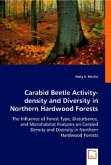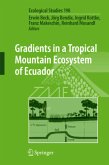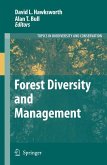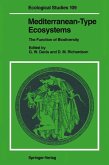Forest spatial patterns are a central topic in contemporary landscape ecology, largely because of concerns over forest fragmentation ? thought to be one of the largest issues facing biodiversity conservation around the world. Forest fragmentation is thought to be a major threat to biodiversity because remnant forest patches, left behind from human disturbances such as logging, are predicted to support fewer species and be more prone to local extinctions, as predicted by the theory of island biogeography. These and other theoretical predictions stemming from the forest fragmentation paradigm remain virtually unchallenged by empirical data. In this book, I investigate landscape spatial patterns in the managed forests of the Slocan Valley in southeast British Columbia, Canada. I focus my investigations on theoretical predictions concerning forest fragmentation and the distinction between effects related to the amount of habitat versus those related to spatial configuration of landscape elements.








